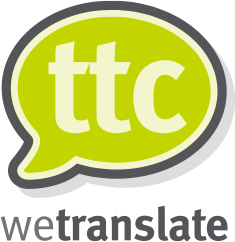How did KitKat succeed in Japan?
As Japanese interest in Western culture grew, Nestle seized the opportunity to introduce KitKat to Japan with a unique advantage.
Translating KitKat as “Kitto Katto” resonated well with the Japanese phrase “kitto katsu,” meaning “never fail” or “you will surely win.”
Today, with over 300 flavours, Nestle has become deeply ingrained in Japanese culture.
Nestle executives noticed a surge in Kitto Katto sales each January, coinciding with the exam season when parents give KitKats as good luck gifts for their children. The phrase “kitto katsu” is commonly used to encourage students before exams, making KitKat a natural choice for good luck wishes.
In the early 2000s, Nestle observed another Japanese tradition: travellers often bring regional gifts as souvenirs. In response, Nestle began developing region-specific Kitto Katto flavours, each limited to a particular area and time, encouraging visits to those regions.
𝐒𝐨𝐦𝐞 𝐫𝐞𝐠𝐢𝐨𝐧𝐚𝐥 𝐟𝐥𝐚𝐯𝐨𝐮𝐫𝐬 𝐢𝐧𝐜𝐥𝐮𝐝𝐞:
➡️ Nagano – Shinshu apple Kitto Katto
➡️ Shizuoka – Wasabi Kitto Katto
➡️ Kyoto – Roasted green tea Kitto Katto
➡️ Hokkaido – Melon with mascarpone cheese Kitto Katto
This innovative, locally-focused strategy has made a tremendous impact for Nestle, showcasing how a global company can achieve a highly targeted focus on the Japanese market.
To find out more about how we can help you to reach your target customers, give us a call at +44 (0)1245 216930 or email info@ttcwetranslate.com.

